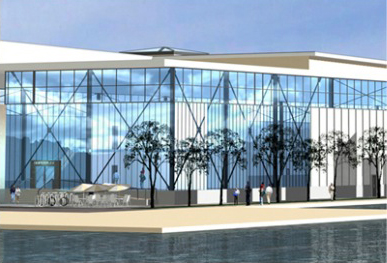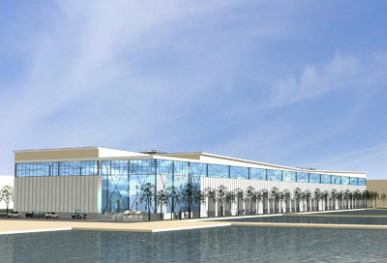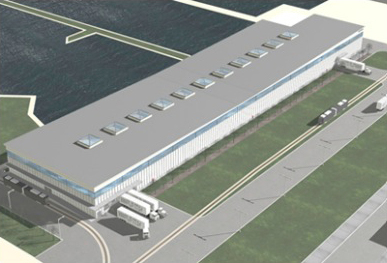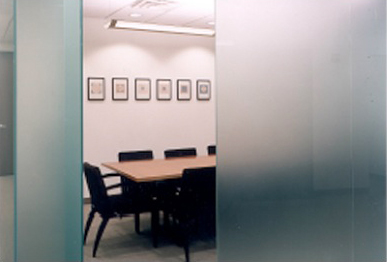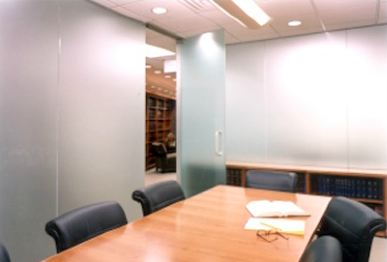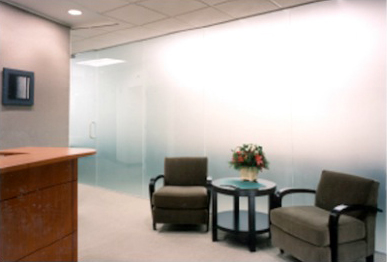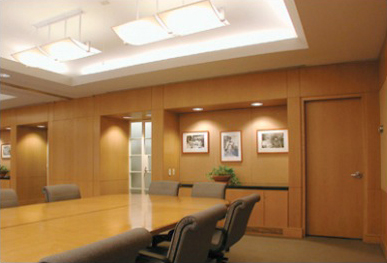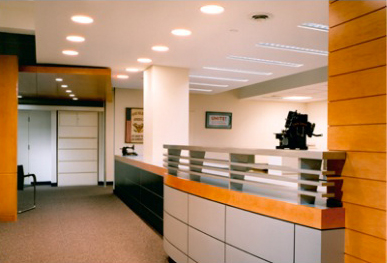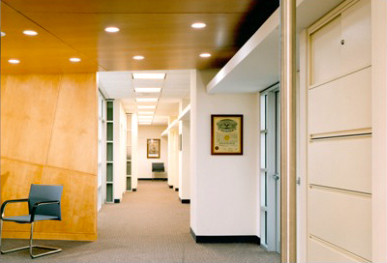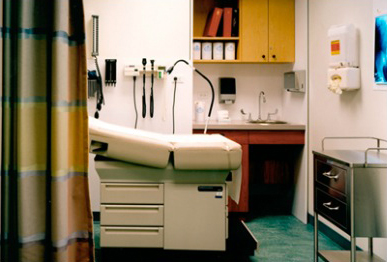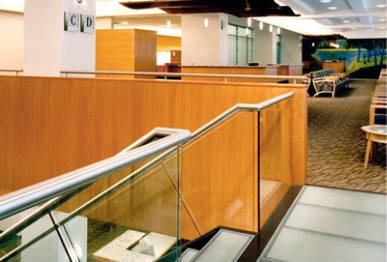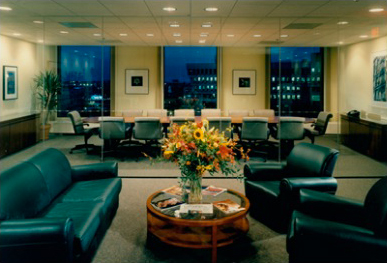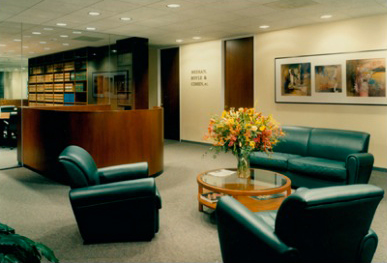by Charles Lauster Architect, P.C. on November 26, 2008

Institutional Commercial Planning Residential
Superflex
Brooklyn, NY 2008
The Superflex company makes flexible PVC hoses of a variety of shapes and functions. They are in the planning stage to build a new plant on the Harbor front in Brooklyn’s Bush Terminal area. They are currently in Brooklyn and want to double their space to 120,000.
As designed, the new factory will not only provide more space, it will rationalize the use of space for more efficient operations. The site is next to a harbor front park being created by the city Parks Department. The steel panels and glass of the enclosure, the slight racks of the roof and the landscaping are designed to make the building a fitting neighbor to both the old Bush terminal buildings and the new park.
The plant is being designed to achieve a LEEDS rating of 26.
by Charles Lauster Architect, P.C. on April 26, 2001

Institutional Commercial Planning Residential
Balber Pickard,
Battistoni Maldonado
& Van Der Tuin
New York City 2001
In this law office the perimeter space was limited and the views poor. The conference areas and library were placed at the center to free up the perimeter. We used etched glass with a minimum detail around the conference areas to give a bright, light and airy feeling without giving away the limited views.
The library was a low, central and unenclosed millwork assembly that allowed people to look over it but permitted storage and easy consultation. The library became the heart of the office around and through which everyone moved.
CLA was associated with Jeffrey English for this project. Jayne and Joan Michaels contributed to the furnishings.
by Charles Lauster Architect, P.C. on November 26, 1999

Institutional Commercial Planning Residential
UNITE Local 62-32
New York City 1999
CLA has completed many projects with the International Ladies’ Garment Workers’ Union and its successor union, UNITE. Local 62-32, like other union locals, is part service center for members, part union hall for member and staff gatherings, and part administrative office. It is also the repository of a local’s history and memory.
62-32 is a dynamic local and thus the design is forward looking but it contains the basics of the members’ desk where benefits, dues and member services are handled, the meeting room and offices. The goal was an efficient facility that also encourages the members sense of belonging.
by Charles Lauster Architect, P.C. on April 26, 1999

Institutional Commercial Planning Residential
Union Health Center Administration Offices
New York City 1999
The second phase of the Union Health Center project included the administrative offices and an expanded medical records department.
The medical records requirements led to massive amounts of filing. However, the Center was moving aggressively into digital medical records so that the use of prime space for active files was diminishing rapidly. The goal was to design a proper records operation next to the administrative offices such that over a short period of time the space could be given up without hurting the administrative area.
by Charles Lauster Architect, P.C. on October 26, 1994

Institutional Commercial Planning Residential
Meehan Boyle & Cohen
Boston, MA 1994
This law firm took space in the curved building between Boston City Hall and a beautiful state court building. The views were not only dramatic but also highly indicative of the firm’s practice.
The design uses glass walled conference rooms and law library to visually connect with the landmarks beyond. On entering the firm’s reception area City Hall is to your right and the State Court to your left; from the client’s point of view this is the right place.
This project was one of the first of our digital law offices. The small, jewel like library is important to the identity of the office. It also keeps alive the “book” approach to legal research. There will always be a library.
by Charles Lauster Architect, P.C. on August 26, 1992

Institutional Commercial Planning Residential
Chung Pak Building
New York City 1992
In response to a court mandated, city detention center, Community Board #1 retained CLA to analyze the impact on the Chinatown community. CLA’s report proposed a mixed use building to screen Chinatown from the detention center. The building would meet the most pressing needs in the community — low income housing, child care, health care and small shops at street level.
Because of a remarkable partnership between two consecutive mayors and the local community the building was built as envisioned. Ten stories of low income elderly housing (HUD Section 202 housing) sits atop a podium with shops at grade, a health center on the second floor and a child care center on the third. This was the first mixed use building for HUD in the country.
CLA designed the podium and the Edelman Partnership designed the housing.


